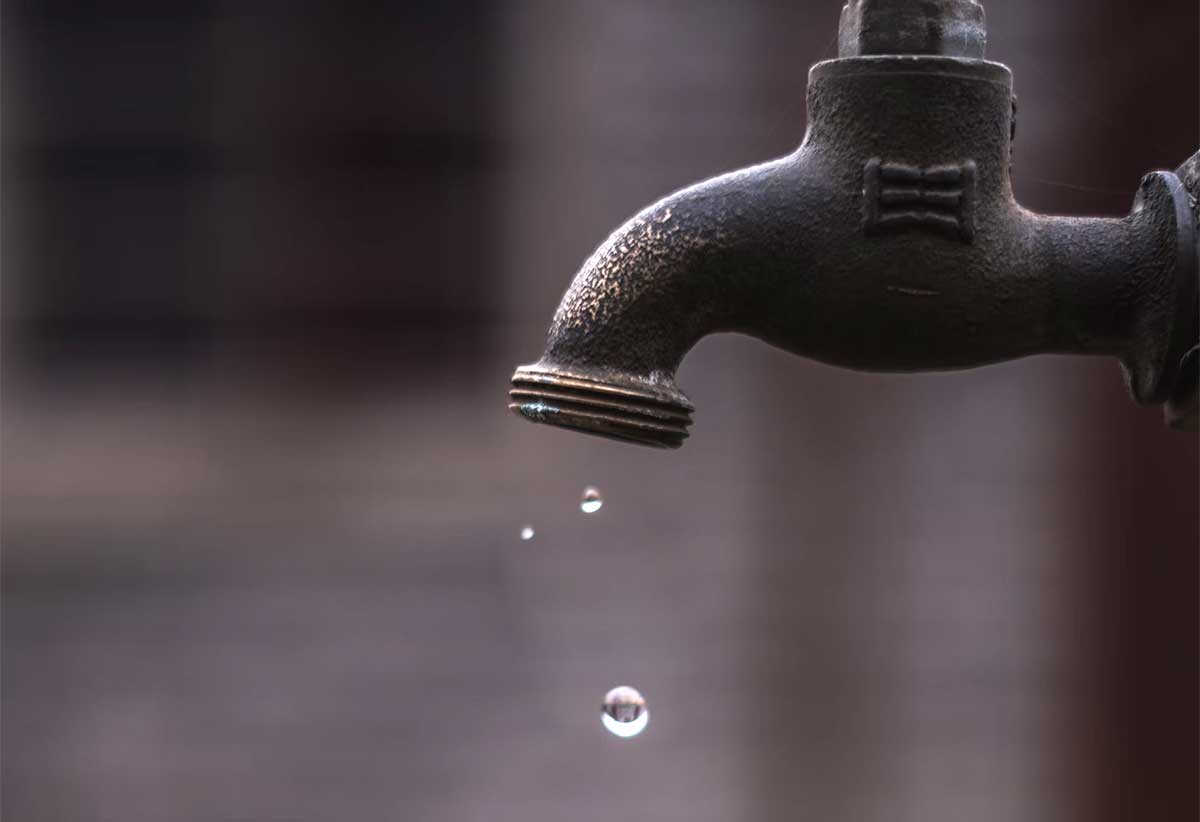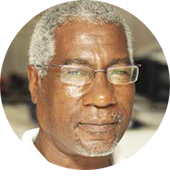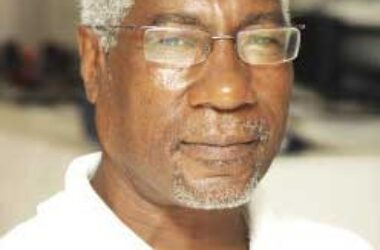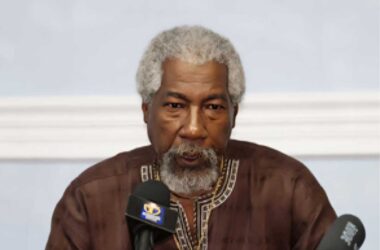

World water sources have long been growing smaller, but with leaders and governments more concerned about issues like war and peace, politics and economics, concern about growing water scarcity were limited to futuristic contemplations like the World Water War envisaged in ‘Mad Max Beyond The Thunderdome’ the 1985 Box Office Australian hit starring Mel Gibson and Grace Jones and with a theme song by Tina Turner.
In the movie, the fight was in a medieval ‘Thunderdome’ in which the winner won all the water, but in the real-life scenario today while the wars are for territory, they’re also for control of natural resources, from oil to water.
Caribbean
The state of the world water crisis is well-known in developing nations globally and small island states and territories within the Caribbean Community (CARICOM), affected from Time Immemorial by annual droughts and hurricanes, tropical storms and troughs, landslides, even volcano eruptions.
In reality, this region has been affected by and people have been forced to adapt hopelessly to Climate Change long before it became a fad, from Hurricanes David and Allen (1980s) to Hurricane Gilbert (1990s) and right up to the Montserrat volcano eruption (2003) – all in a region knowing only two seasons: Sun and Rain.
The North
Decades later, after devastating the helpless South, Climate Change is playing new havoc in the North, with forest fires and heat waves baking people to death and running rivers dry, alongside floods down-under in Australia and New Zealand and new environmental crises that started since the discovery of the El Nino and La Nina weather phenomena that confronted The Americas in the last decade of the last century.
The water crisis hit home in America recently when the USA and Canada had to battle new challenges from forest fires to droughts, forcing Montana to depend on melted snow to meet water needs lower-down.
But the most telling example was the Biden administration’s recent decision to try to slow the flow of the Colorado River (already at catastrophic levels) resulting in enforced quotas of smaller intakes by California and at least three other US states.
Climate Change
But the Colorado move is just a pint-sized example of the fluidity of the world’s actual water woes – and the sheer cost of recovering from new Climate Change-related weather events, as in 2022, extreme weather events cost the United States (alone) $175.2 billion in damage.
A recent Texas A&M University study published by Reuters in its Sustainable Switch section confirmed that “Climate Change was a critical factor in reducing global reservoir efficiency, but rising water demand also played a role.”
It also found that even if temperatures stop rising, increasing demand and new construction are likely to continue, thus prolonging the problem.
The South
The study found the decline in storage volumes was concentrated in the global South (especially Africa and South America), where water demand increased rapidly and new reservoirs didn’t fill up as quickly as expected.
In Honduras, authorities indicated a will to cut electricity supplies due to the impact of a drought that’s hit output from hydroelectric dams in the Central American country, with blackouts to last for as much as three hours, every three to four days.
The Honduras move follows a series of blackouts across some cities and towns that have in recent weeks sparked protests and highway blockades.
China
On the other side of the world, China is planning an ambitious new water infrastructure project to mitigate the impact of Climate Change, with experts warning more river diversions may be costly.
At the end of May, Chinese officials unveiled plans to build a national water network of new canals, reservoirs and storage facilities to boost irrigation and cut the risk of floods and droughts by unblocking the major arteries of the river system by 2035, to boost evening-out water-supply distribution.
But China is also putting its money where its mouth is and investing in water with rivers of ready resources, including cash.
Total investment in fixed water assets exceeded 1.1 trillion yuan ($154 Billion) in 2022, up 44% compared with 2021; and rose 15.6% to 407 Billion yuan in the first quarter of 2023, with officials promising even-more funding.
Resilience
Adaptation and Resilience are the new advocate buzzwords and just as The Caribbean played a leading role in getting the North to eventually agree to strive for a 2015 global carbon emissions cap, it’s again being called-upon to lead the way with both Climate Change and Water.
Executive Secretary of the United Nations Framework Convention on Climate Change (UNFCCC) Simon Stiell feels the region can again take the global lead on the Climate Change by offering “a third way” for North and South to agree on delivery and action on Climate Financing promises.
The former Grenada minister for Climate Resilience and The Environment told delegates attending the 53rd Annual General Meeting of the Caribbean Development Bank (CDB) last week that the Caribbean is uniquely-placed to bridge solutions at global levels and chart a path for pioneering innovative finance approaches on Climate Change.
Noting that developing nations need nearly US $6 Trillion to meet their 2050 climate commitments, Stiell says Caribbean nations can go to the upcoming 28th Conference of Parties to the UNFCCC (COP 28) in Dubai with the same verve of the 2015 COP in Paris, where they played a lead role in influencing the Climate Change Agreement for the 1.5 Decree Celsius target.
Delivering the feature address at the 2023 William Demas Memorial Lecture on the sidelines of the CDB’s AGM in Saint Lucia, Stiell said the Caribbean delivered on the 1.5 Degree cap deal eight years ago “despite a litany of hurdles” – and can do it again.
But, to what extent is The Region and the rest of the South ready and able to influence the North to translate their promises of Climate Finance into language that spells-out delivery times and mechanisms?











